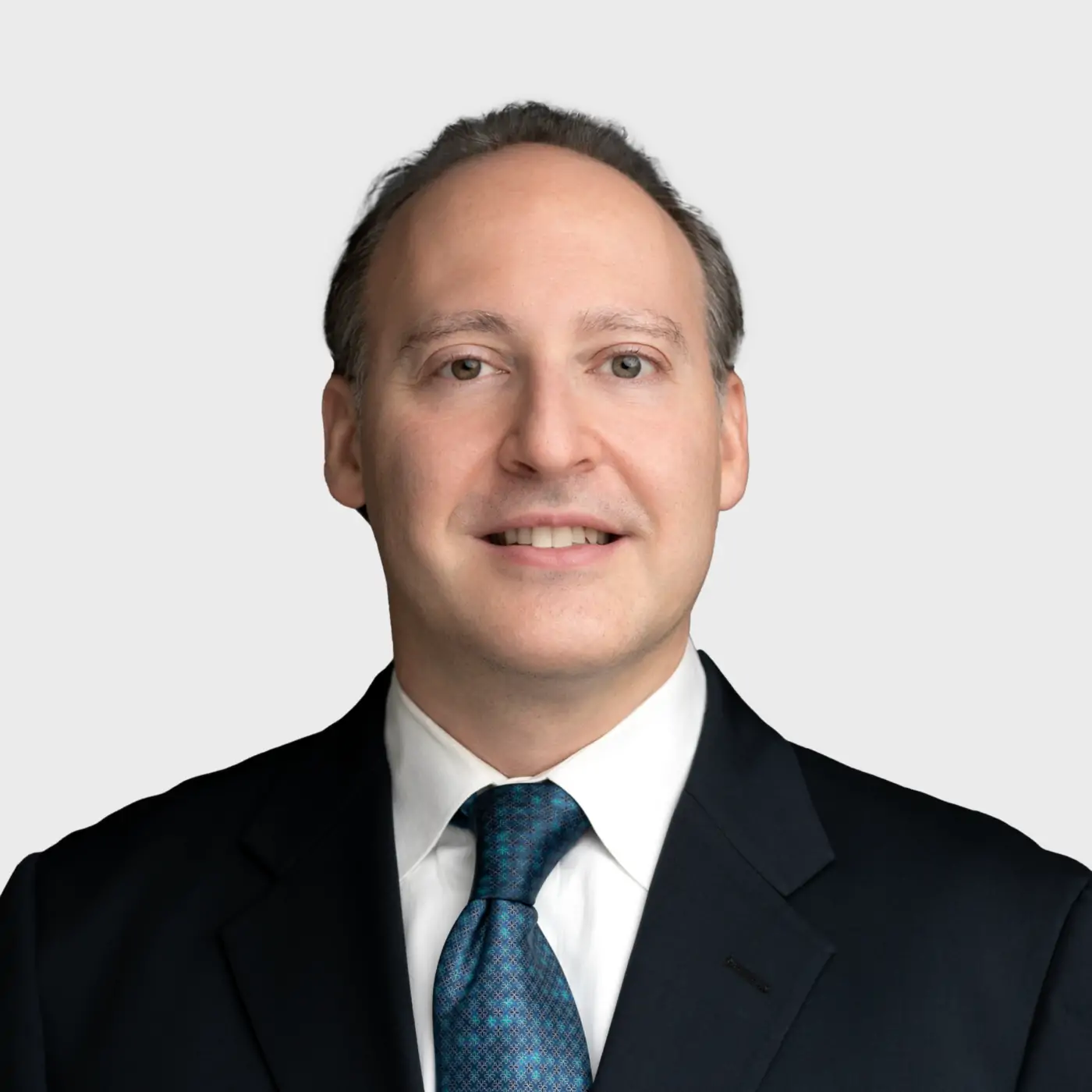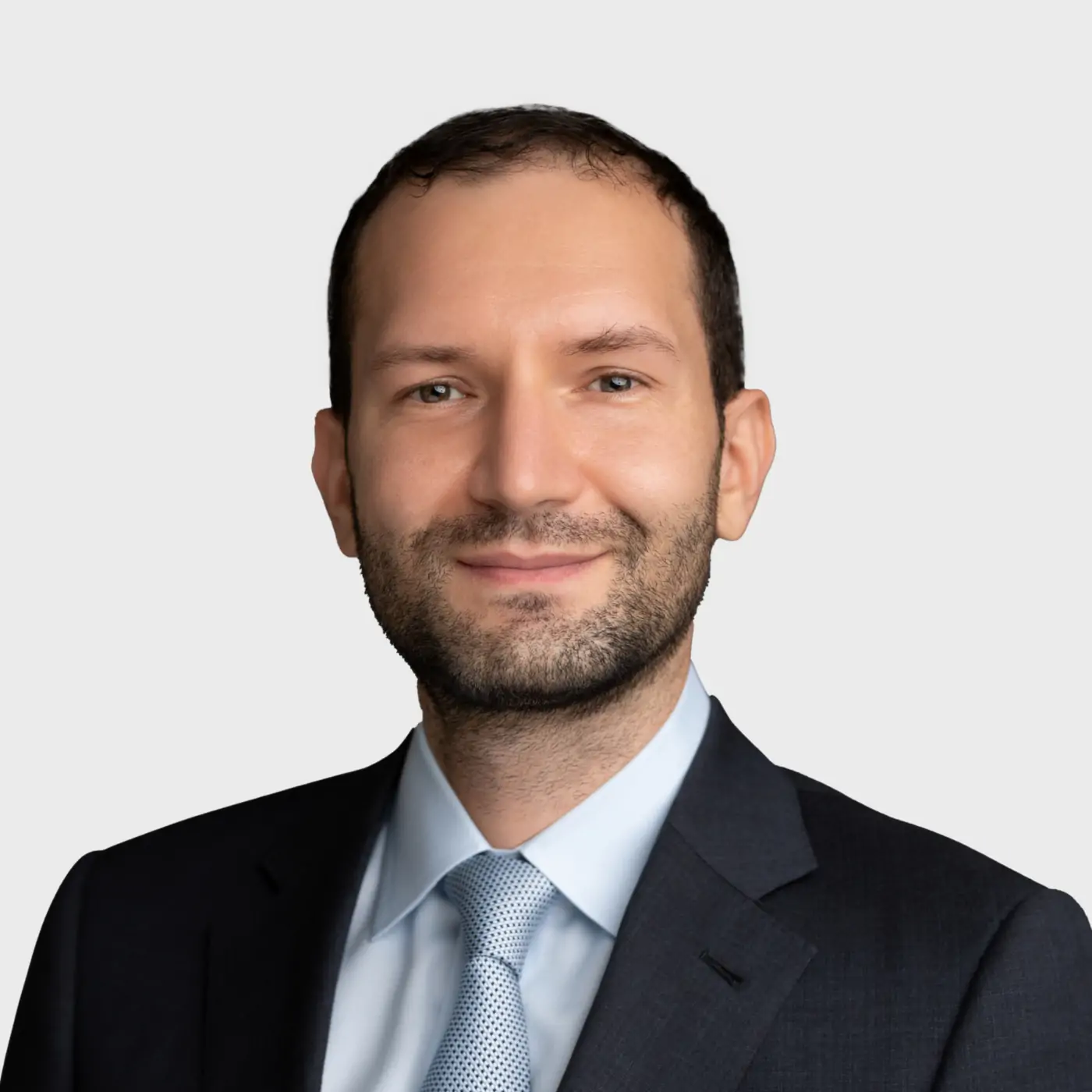Physical Medicine and Rehabilitation (Physiatry)
Orthopaedic Associates of Manhasset provides a comprehensive range of orthopedic services, including non surgical care from our physiatrists. Physiatrists can be extremely helpful in the initial evaluation of a patient, ordering and reviewing essential diagnostic tests, and formulating a plan that may involve injections and other minimally invasive techniques to alleviate pain. Physiatrists care for people of all ages, including athletes, addressing a spectrum of issues from arthritis and fibromyalgia pain to sports-related injuries and back and neck problems. Their expertise is dedicated to helping you get back to your life.
Why Choose Orthopaedic Associates of Manhasset for Physical Medicine and Rehabilitation?
We’re the premier practice in the area for treating athletic and other injuries and conditions that cause orthopedic pain. Our physiatry program offers:
- Latest advancements in non-surgical care: We offer cutting-edge, non-narcotic therapies that reduce pain and increase mobility. These include steroidal injections, therapeutic exercises, orthotics, and mobility-assistance devices.
- Convenience every step of the way: We have multiple locations that also offer physical and occupational therapy on site. We do everything we can to help you navigate the treatment and recovery process.
Orthopedic Conditions and Injuries Physiatrists Treat
Physiatrists see a wide range of conditions, including:
- Arthritis
- Back and neck pain
- Concussion
- Muscle and nerve damage
- Spine conditions
- Sports injury
What Our Physiatrists Do
Our physiatrists offer conservative care, designed around your goals. They provide non-surgical solutions that help people better manage pain. Physiatrists can:
- Diagnose conditions: A physiatrist can diagnose a wide range of musculoskeletal conditions.
- Prescribe non-narcotic medication: A physiatrist can prescribe medicine that reduces pain, inflammation, or swelling.
- Offer injections: Physiatrists give many types of injections that reduce pain. This includes epidural steroid injections, trigger point injections, and nerve blocks.
- Perform minimally invasive procedures: These procedures help reduce or block pain and include spinal cord and peripheral stimulation as well as facet and geniculate radiofrequency.
Physiatrists see a wide range of conditions, including:
- Arthritis
- Back and neck pain
- Concussion
- Muscle and nerve damage
- Spine conditions
- Sports injury
Our physiatrists offer conservative care, designed around your goals. They provide non-surgical solutions that help people better manage pain. Physiatrists can:
- Diagnose conditions: A physiatrist can diagnose a wide range of musculoskeletal conditions.
- Prescribe non-narcotic medication: A physiatrist can prescribe medicine that reduces pain, inflammation, or swelling.
- Offer injections: Physiatrists give many types of injections that reduce pain. This includes epidural steroid injections, trigger point injections, and nerve blocks.
- Perform minimally invasive procedures: These procedures help reduce or block pain and include spinal cord and peripheral stimulation as well as facet and geniculate radiofrequency.
Physicians

- Pain Management
- Physiatry
- Spine
Practicing in:
Great Neck
- Pain Management
- Physiatry
- Spine
Practicing in:
Great Neck
- Pain Management
- Physiatry
- Spine
Practicing in:
Great Neck and Huntington


